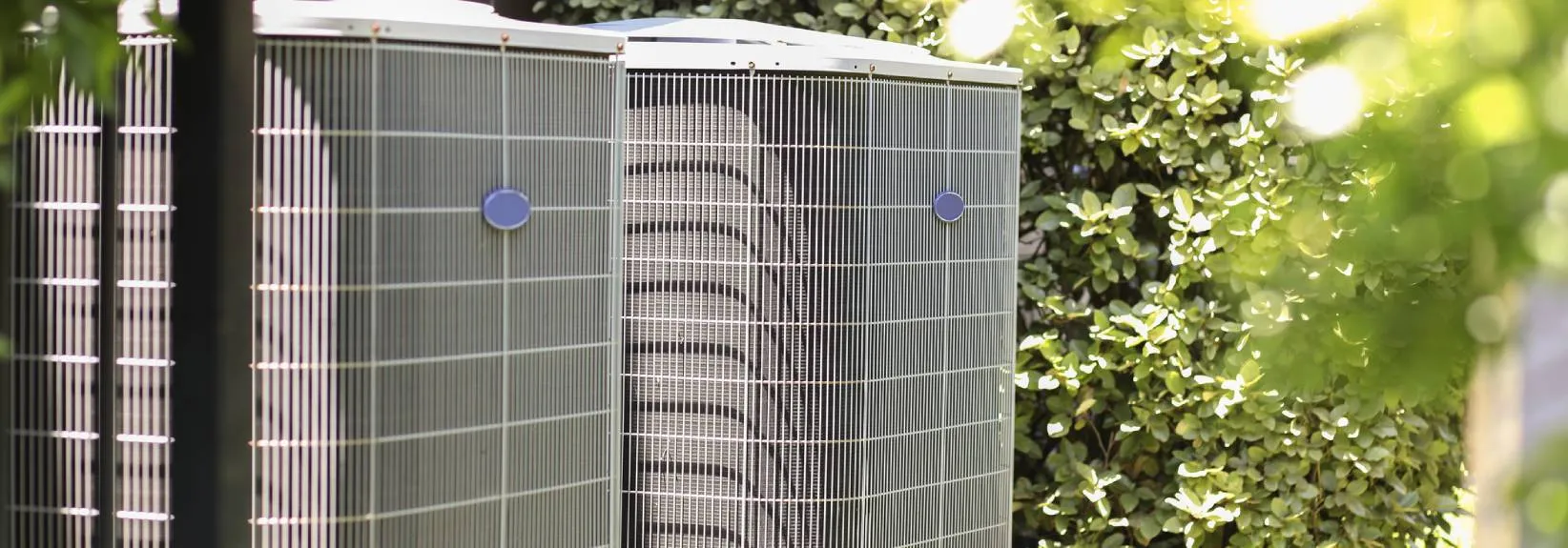What Size Air Conditioner Do I Need?
Whether you’re building a new home or upgrading your existing HVAC system, there is one question you’re definitely going to ponder: what size air conditioner do I need? Choosing the ideal air conditioning size is a balancing act. Too large, and you could experience poor humidity control and exorbitant energy expenses. Too small, and the unit might struggle to provide comfortable temperatures on extremely hot days. Appropriate air conditioner sizing is crucial to enjoy an efficient, cost-effective and comfortable cooling experience.
The Importance of Sizing Your Air Conditioner Correctly
Ensuring your air conditioner can generate the right cooling capacity is a matter of comfort and cost savings. Here’s why you shouldn’t simply guess the ideal air conditioner size:
- Humidity control: An oversized unit cools too rapidly, preventing humidity removal and leaving your home clammy. A right- sized air conditioner will regulate indoor humidity levels more efficiently.
- Even temperatures: An efficiently functioning air conditioner circulates cool air evenly and decreases irritating temperature fluctuations between cycles.
- Peak day performance: A system that is too small can struggle to achieve the target temperature on hot summer afternoons, so you need a unit big enough to keep up with cooling demand.
- Proper cycling: Air conditioners power on and off with adequate run time per cycle. Units that are larger than you need cycle too quickly, resulting in additional wear and tear. Then again, an undersized system runs continuously, which may cause overheating.
- Manageable utility bills: Cycling issues caused by installing the wrong size of air conditioner lead to higher utility bills. However, a unit that is the recommended size will operate effectively and keep your utility bills in check.
Understanding Air Conditioner Size
Cooling capacity is calculated in British thermal units (BTUs). A BTU is a standard unit of energy that conveys the amount of heat an air conditioner can remove in one hour. Most room air conditioners range from 5,000 to 18,000 BTUs. Because central air conditioners are bigger, they’re commonly measured in tons. A one-ton system is comparable to 12,000 BTUs. Most central AC systems range from 1 to 5 tons.
Sizing a Room Air Conditioner
When considering window or portable air conditioners, which size you need mainly depends on the room’s square footage. Measure the room—length x width—and match it to the appropriate BTUs:
- A room measuring 150 to 350 square feet usually will require a 5,000 to 8,000 BTU air conditioner.
- A room that is around 350 and 550 square feet could need an 8,000 to 12,000 BTU unit.
- A large room or open area of 550 to 1,000 square feet may require a 12,000 to 18,000 BTU unit.
These general recommendations don’t consider additional factors like interior heat gain or how much sun streams in through the windows of the room. For a more precise calculation, contact a cooling specialist at Bryant Heating & Cooling Service Experts.
Sizing a Central Air Conditioner
Determining the right size of central air conditioner begins with the home’s square footage, but accurate sizing demands a more in-depth look. HVAC professionals rely on load calculations outlined in Manual J to determine a home’s specific cooling requirements. Here are the factors that professionals consider:
- Square footage: How big your home is greatly affects its AC requirements, with bigger homes generally requiring more cooling capacity.
- Local climate: Where you live can affect your cooling needs as well. Provinces with sweltering hot, humid summers generally demand a higher cooling capacity than cooler, drier areas.
- Interior heat gain: The heat released inside your home can come from people, lights, electronics and appliances. Higher internal heat increases your home’s cooling requirements.
- Insulation levels: The amount of insulation in your walls, attic and floors affects how much heat gets into your living space. Well-insulated homes retain cool air more effectively, reducing the cooling load.
- Air infiltration rate: This refers to how much outside air penetrates through leaks or cracks in the exterior of your home. Homes with a significant air infiltration requires more cooling to neutralize the warm, humid outdoor air that seeps inside.
- Home orientation and window layout: The direction your home faces affects its sun exposure, which in turn can change the required cooling load. A single-family home with sprawling south-facing windows absorbs more heat and calls for a more sizeable air conditioner than a north-facing condo.
Other Factors to Consider When Buying an AC
Besides knowing what size air conditioner you need, consider these additional factors when installing a new air conditioner:
- Brand: Not all air conditioning systems are created equal. It’s crucial to go with a reputable brand for durability and longevity.
- Efficiency rating: The seasonal energy efficiency ratio (SEER) indicates how much heat an air conditioner can eliminate per unit of electricity it consumes. Higher SEER ratings represent higher efficiency, lowering your utility bills.
- Maintenance requirements: Regular maintenance keeps your system running effectively. Most air conditioning manufacturers suggest yearly tune-ups to find and fix small problems before they turn into high-priced repairs.
Get Expert Help Sizing Your Air Conditioner From Bryant Heating & Cooling Service Experts
Choosing a suitable air conditioner size can be daunting. The Experts at Bryant Heating & Cooling Service Experts are here to help. We provide custom cooling remedies to optimize home comfort, efficiency and energy savings.
From calculating your unique cooling requirements to helping you navigate different brands and efficiency ratings, we’re at your side at every step. For help choosing the perfect air conditioner for your home in Windsor, call 226-773-3357 today to schedule your appointment with Bryant Heating & Cooling Service Experts.
